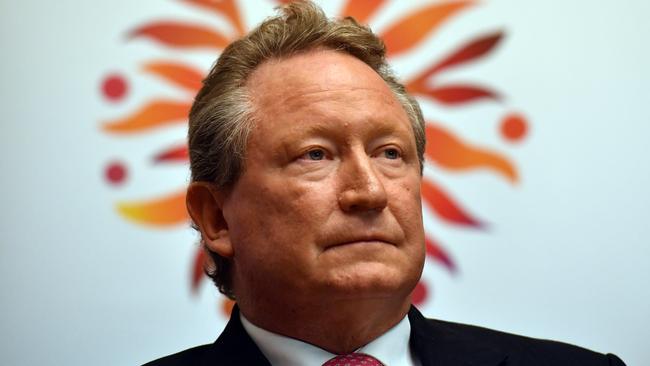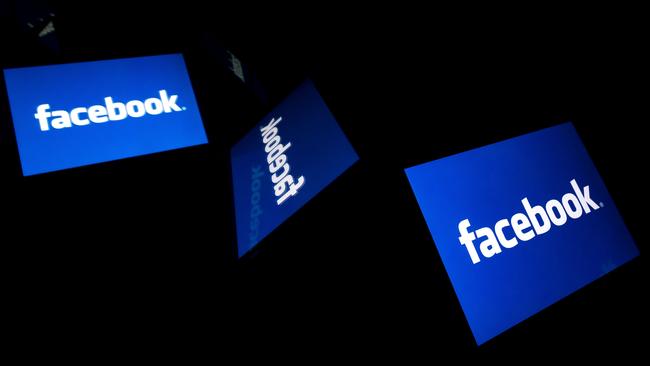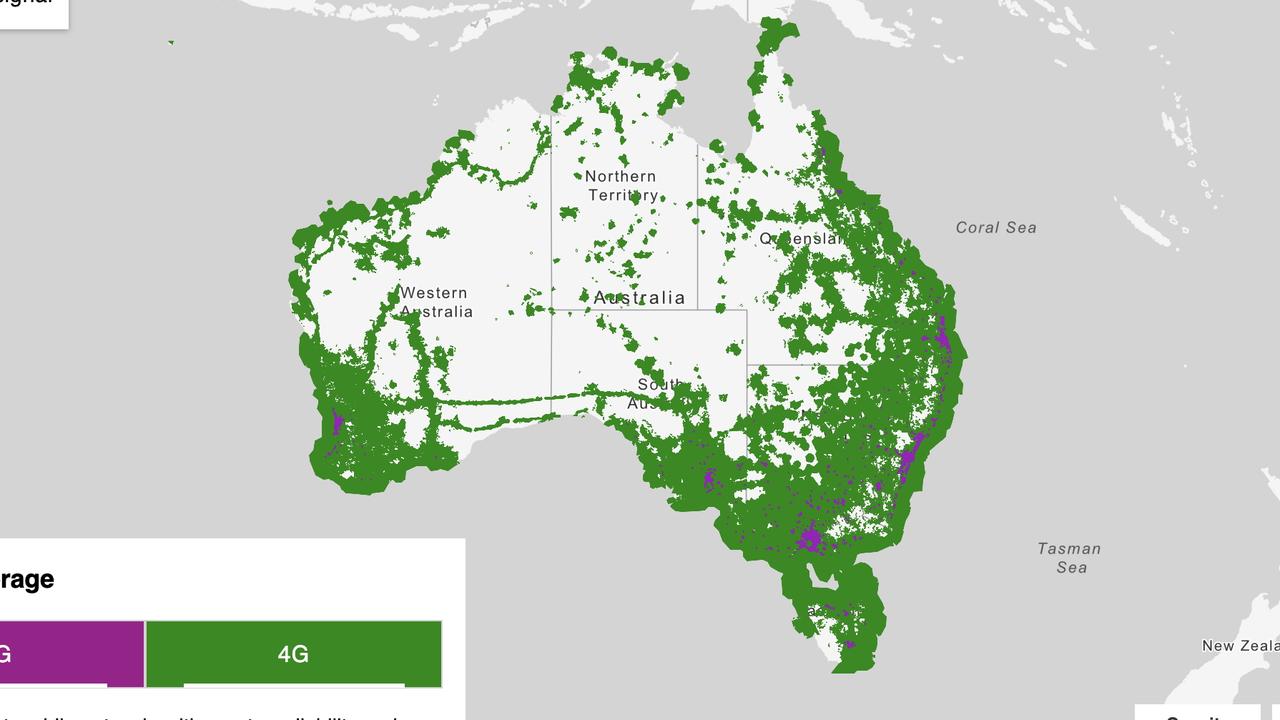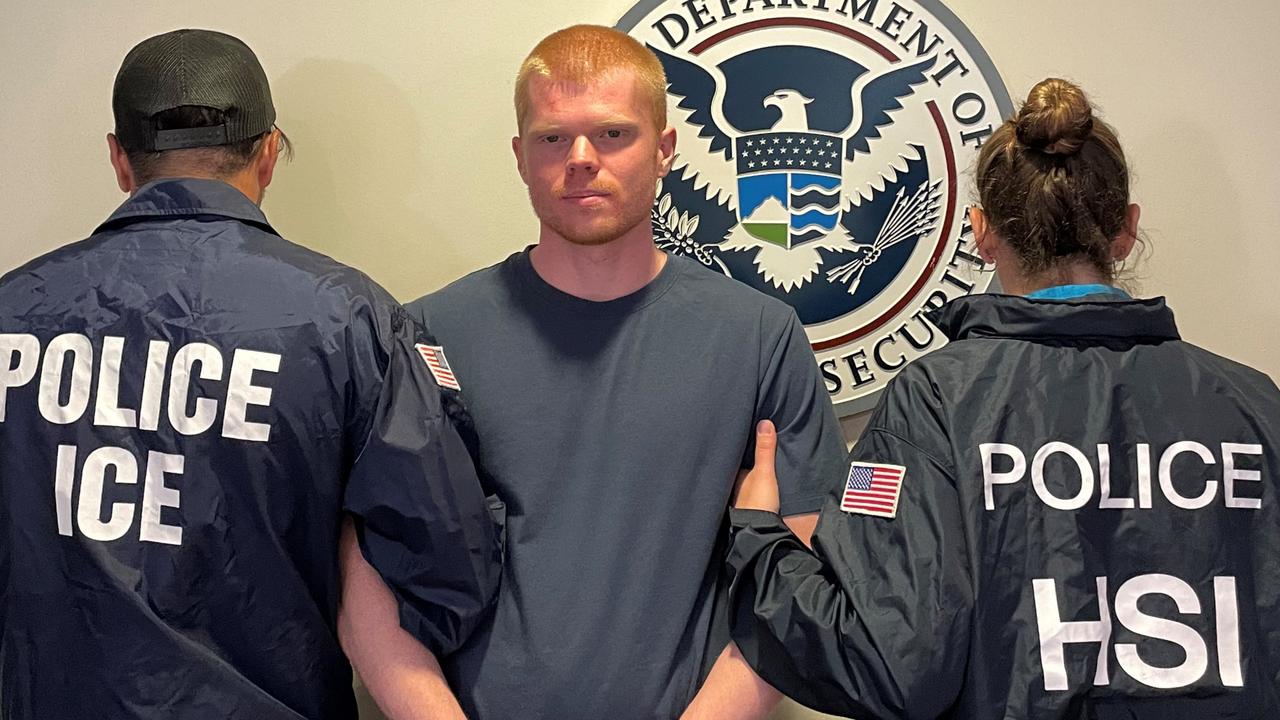Andrew ‘Twiggy’ Forrest takes aim at Facebook over scam ads
Andrew Forrest has criticised social media giants after a WA woman lost $700,000 to a scam featuring his image.

Andrew Forrest has criticised Facebook and other social media giants for their inaction over fraudulent advertising, after a West Australian woman lost almost $700,000 to a scam ad featuring the mining magnate’s name and image.
The woman — from Bunbury, south of Perth — lost $670,000 through a scam she discovered on Facebook and LinkedIn.
Western Australia’s Consumer Protection agency said the fraudulent online trading platform made the woman feel secure by depositing $58,500 in six payments into her bank when she asked to withdraw some funds from her trading account. The scammers also sent her a Louis Vuitton bag worth $2700 as a birthday present.
In a statement, a spokeswoman for Mr Forrest’s philanthropy organisation Minderoo Foundation said the mining magnate had become aware his name and image were being used in online scams earlier this year.
Minderoo indicated that the social media companies had been slow to take action over the scam ads.
“We have encouraged our staff to report incidents using platform protocols,” the spokeswoman said. “We have also been engaging with the social media entities at an executive level, in an effort to stop the publication of these scam advertisements and to improve the identification and speed of the reaction to any that are published.
“We have asked the social media platforms to take more pro-active steps to eliminate the scam advertisements utilising the technology available to them. Our negotiations with those entities remain ongoing.”
Mr Forrest, the billionaire founder of iron ore miner Fortescue Metals Group, is among a host of businesspeople and celebrities who have flagged their concerns about the proliferation of fake ads on the internet bearing their names and images.
Since April, Minderoo’s website has carried a warning about an “abhorrent” bitcoin scam being promoted online under his name and image.
The scam advertisements are a lucrative source of revenue for social media and internet giants. Bloomberg last year reported that questionable sites spent more than $US1.3bn ($1.92bn) a year on ads across the internet.

Commissioner for Consumer Protection Penny Lipscombe said it was increasingly popular for fraudsters to use images of prominent businesspeople in their scams and called for social media companies to step up their policing of fake ads.
“If social media companies are accepting payment to run ads like this, I think it would be wonderful if they actually checked out the bona fides of the advertisers themselves to at least check if it’s a legitimate business,” Ms Lipscombe said.
A spokesman for Facebook said the organisation invested heavily in programs that review ads posted to the platform.
“We do not allow adverts that are misleading or false on Facebook and we will remove content that is found to violate our advertising policies,” the spokesman said.
“From January to March 2019, we proactively found and disabled more than 2.19 billion fake accounts within minutes of registration as we find they’re often the source of these types of scams. This is in addition to the millions of fake account attempts we prevent daily from ever registering with Facebook.”
The scam victim, who did not want to be named, told The Australian that the scammer’s website – which is still up and running – initially looked legitimate and that Mr Forrest’s face had given her added confidence in the platform.
She said the number of people falling victim to scams through social media showed that the companies and the authorities had much more to do to stamp out the practice.
“The public will get fooled and they will continue to get scammed. The authorities need to work together,” she said.




To join the conversation, please log in. Don't have an account? Register
Join the conversation, you are commenting as Logout